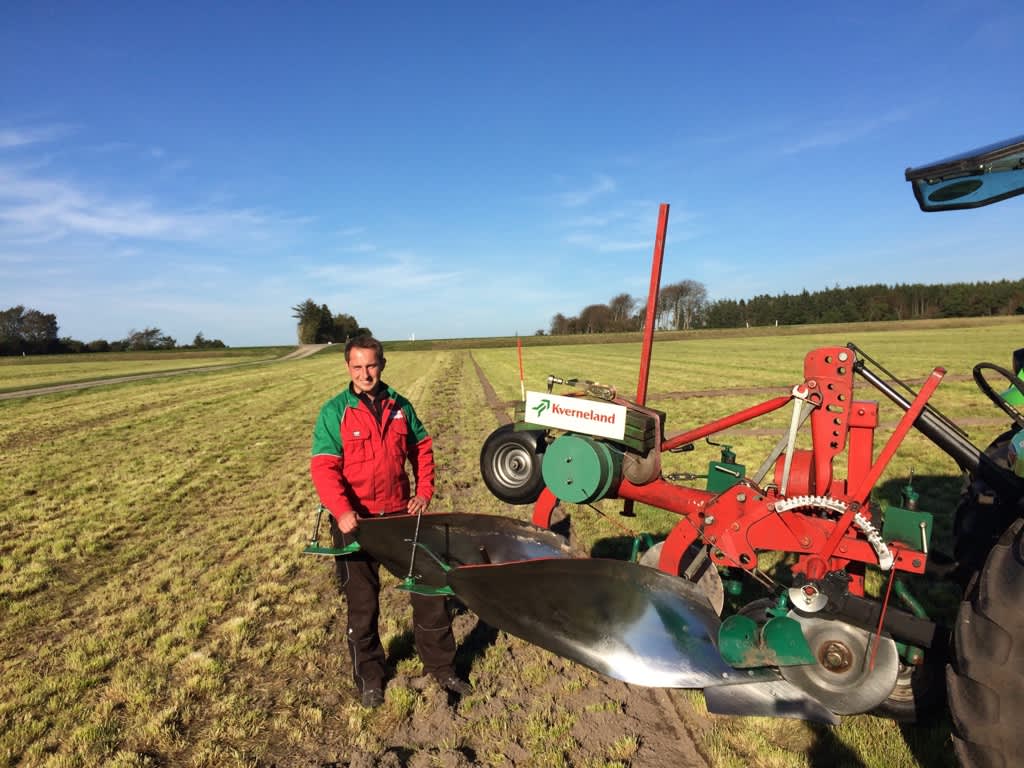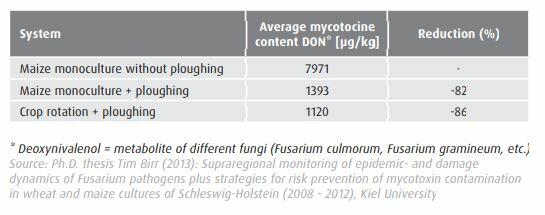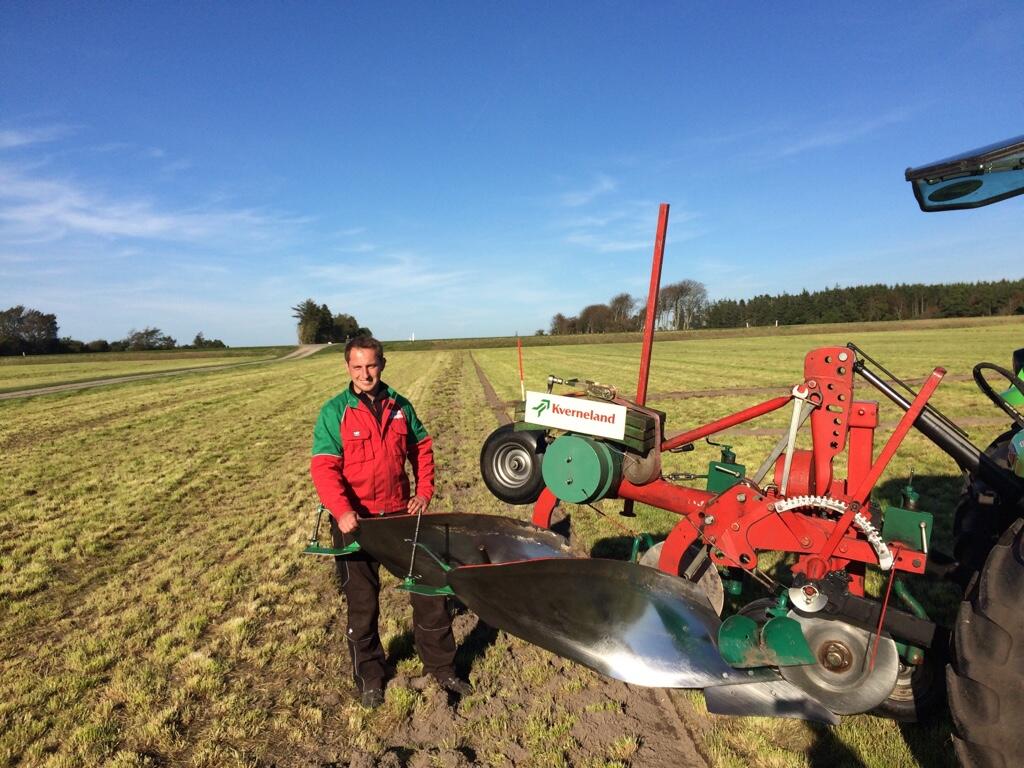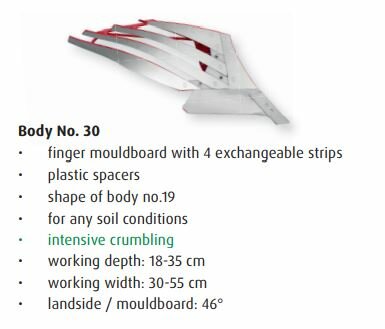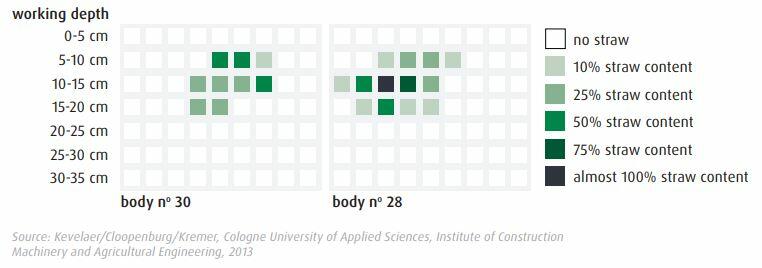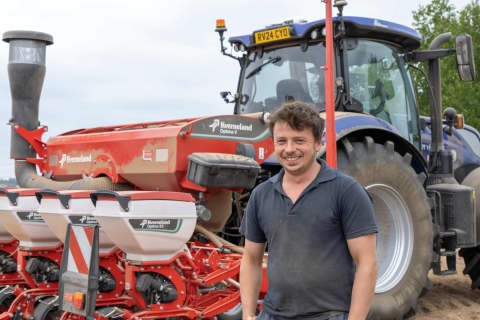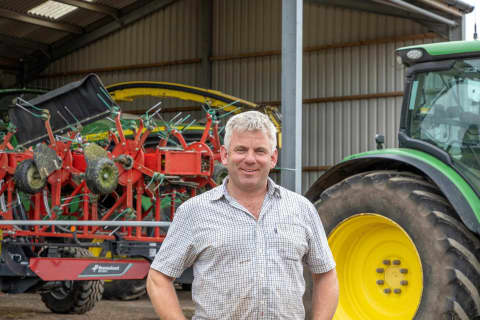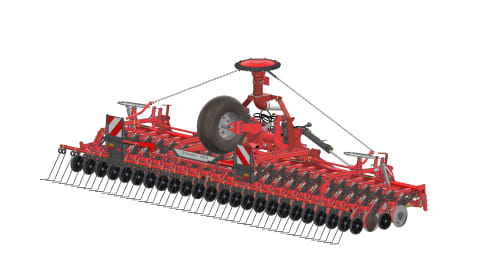HEALTHY SOILS PROVIDE HIGHER YIELDS.
- Ploughing benefits to soil health
Ploughing as a seedbed preparation method is an essential step towards higher yields and revenues. One of the benefits from ploughing is to control pest. Ploughing helps reduce fungal diseases as clearly shown in a study in the below table. The mycotoxine content in the following crop is reduced by more than 80% when ploughing is chosen as a crop establishment system. Soils are hence healthier. Crops can germinate and grow in quantity and quality.
Likewise, the study indicates that crop rotation combined with ploughing give the best results in the following crop.
- Ploughing safeguards yields
When comparing yields after ploughing to yields after crop establishment systems like conservation or direct seeding, it appears in the below Pan European study that ploughing guarantees the best yields.
When questioning renowned National Ploughmen champions, “why ploughing with Kverneland ?”, the answers are very clear: “In my opinion ploughing yields good crops, even during extreme conditions. The simple and robust construction and the easy adjustments are the main advantages of our Kverneland plough.” Johannes Bendele German national ploughing champion.
- Choose the correct plough body
A quality ploughing requires the correct combination of plough bodies to soil types. Other factors such as working width, depth, soil humidity content & structure, ploughing speed and not least residue types and amounts need to be considered.
Kverneland offers bodies for any soils; plough bodies renowned for their high performance worldwide.
When ploughing straw in identical conditions with Kverneland bodies No 30 and No 28, if the burial looks identical in depth, the distribution of the straw through the soil profile in this specific soil shows different results. In this precise case, Body No 30 distributes more evenly the straw for an easier decomposition. Body 28 scatters more evenly the straw in the width of the soil profile.
We can conclude that ploughing with Kverneland enables residues to be buried efficiently, reduces potential for fungi diseases, preserves soil health and secures high yields.

